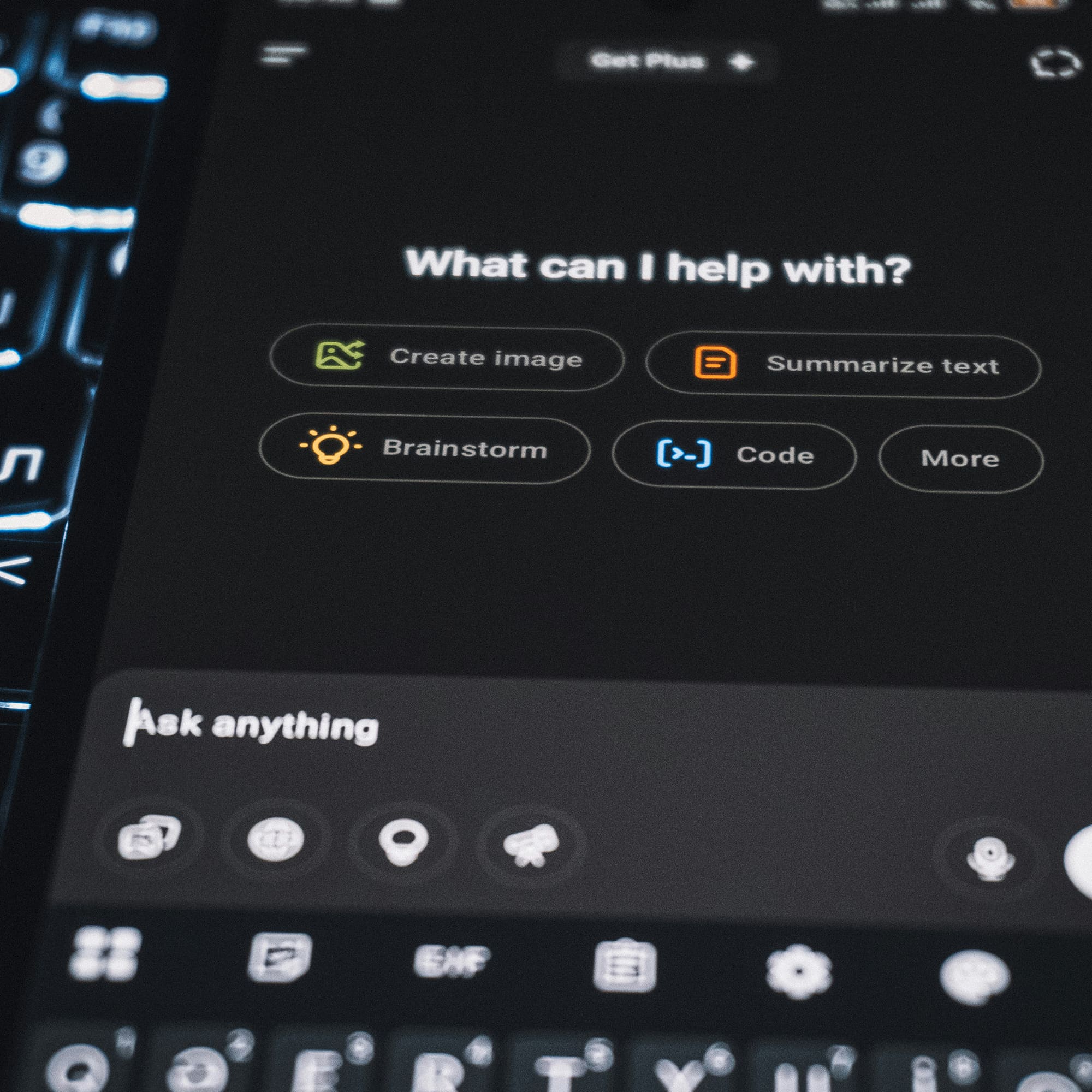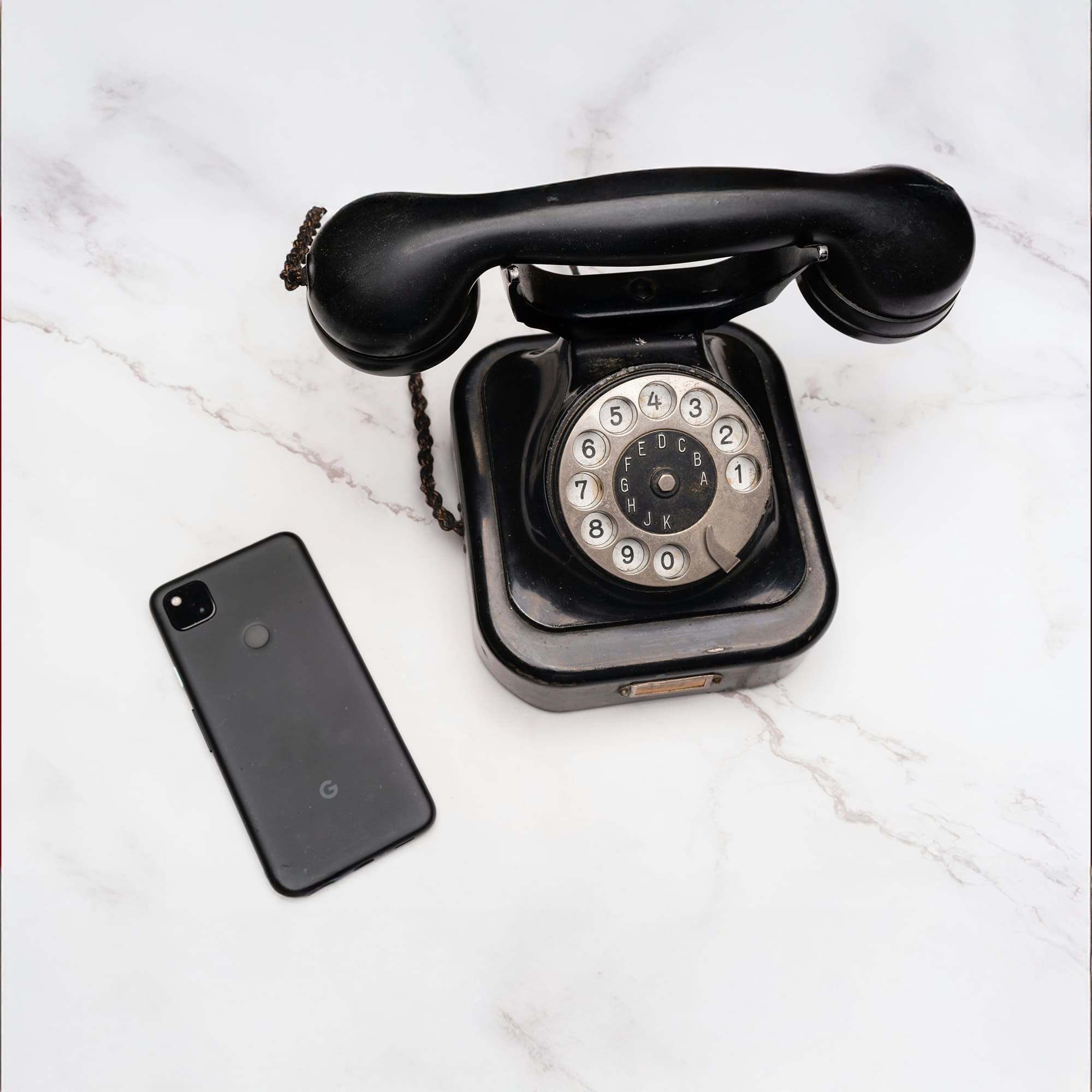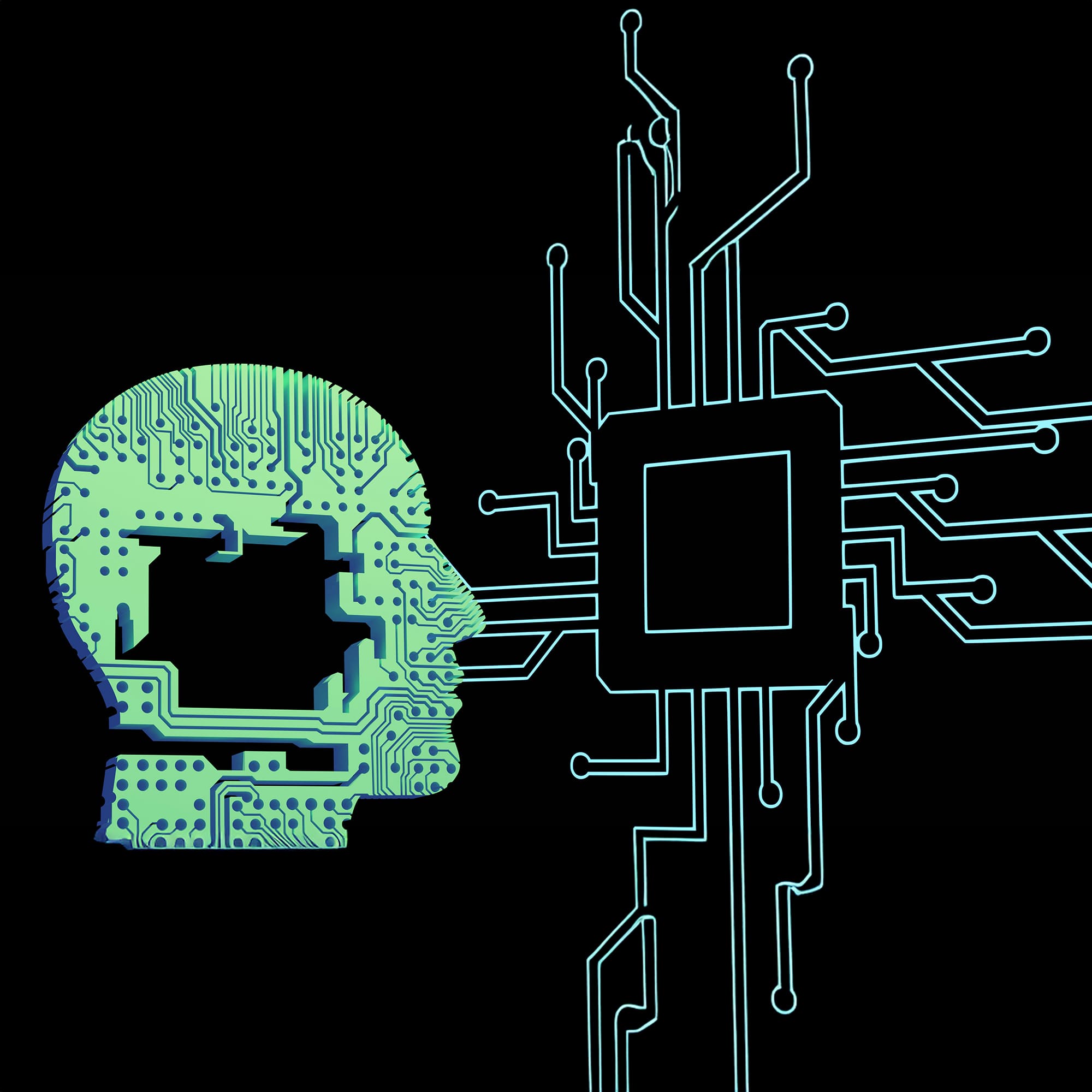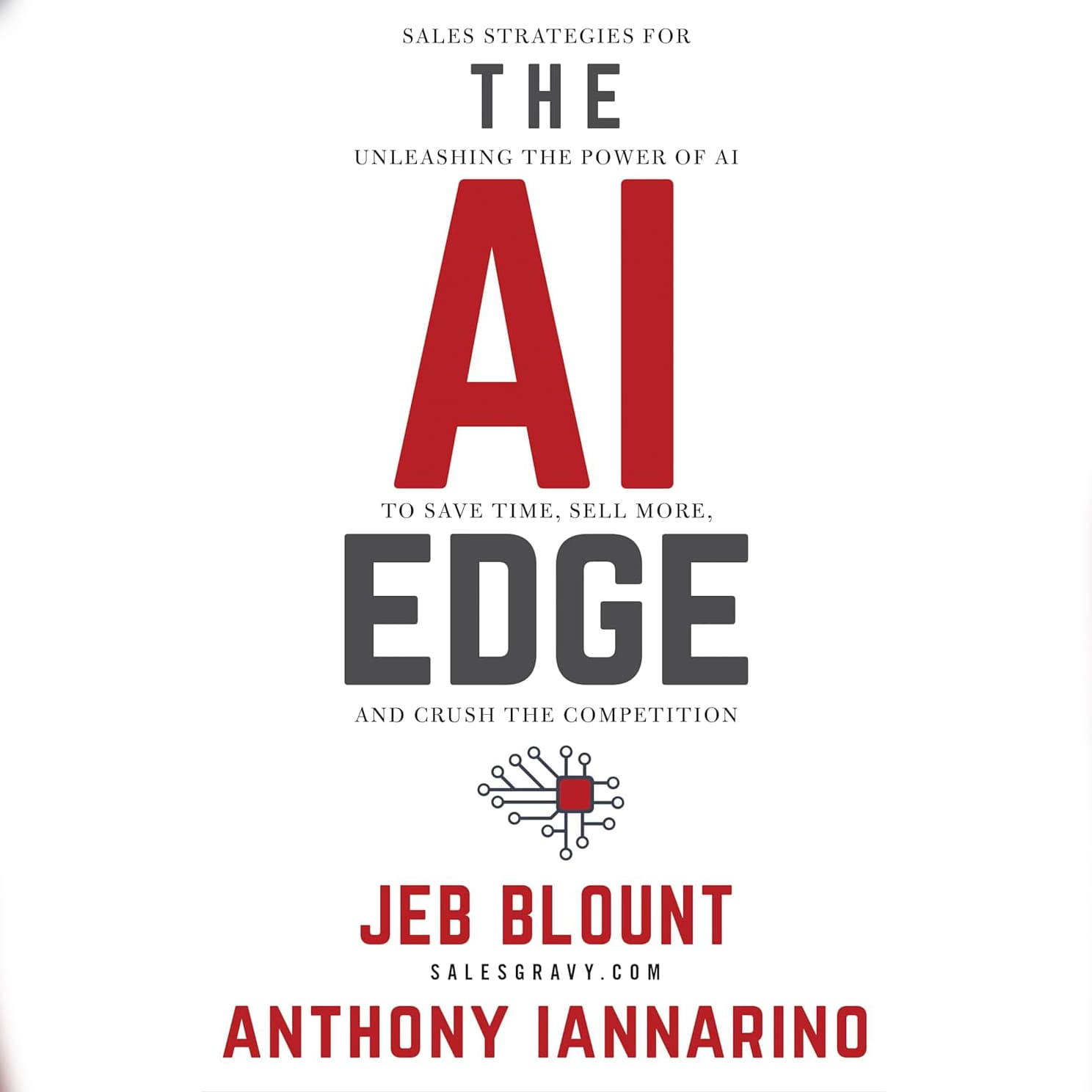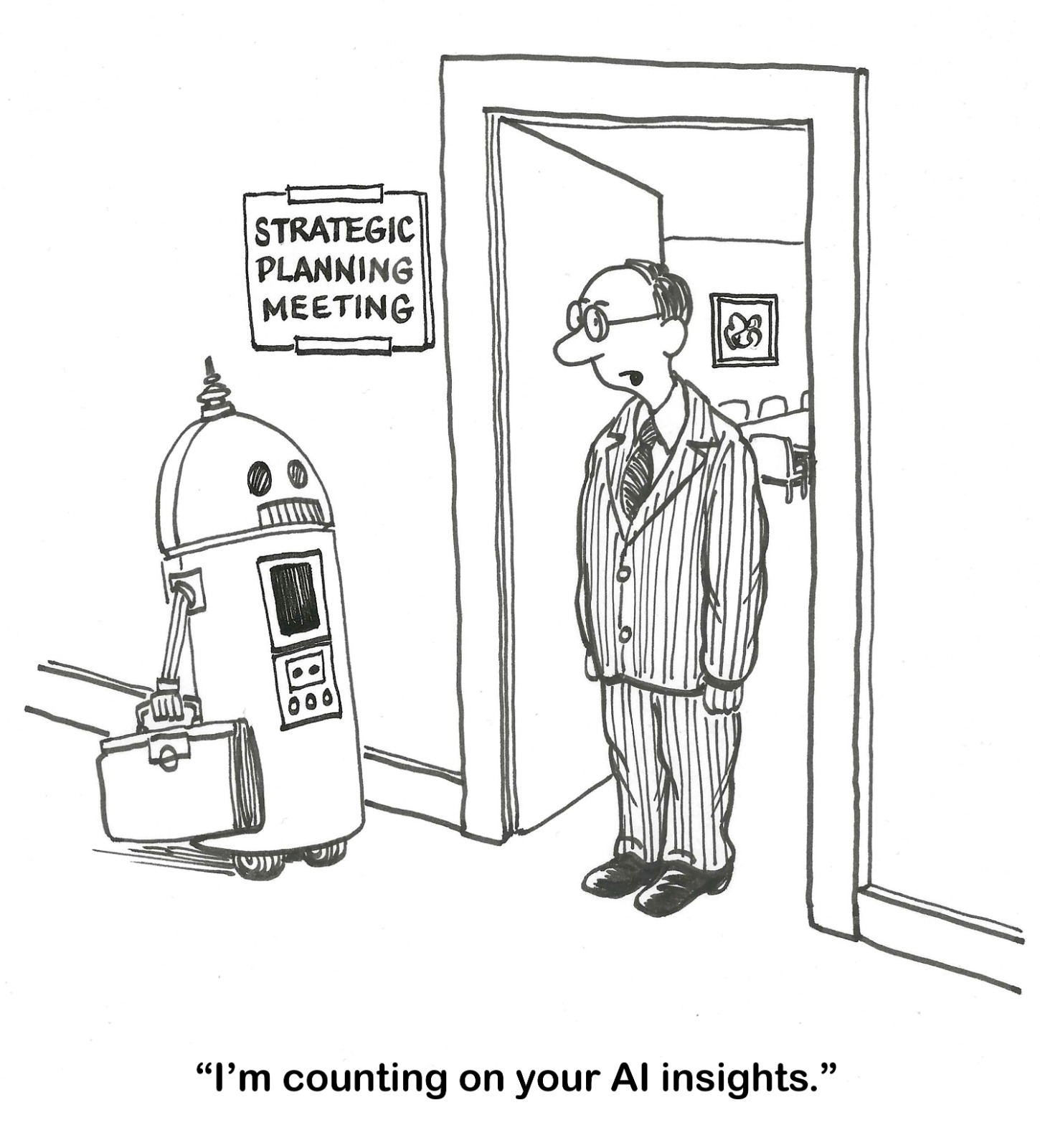
AIDA Framework for Selling to AI-Savvy Industrial Buyers
We invited AI to speculate on a ‘what if’ scenario … To spot what it will be like to call upon AI to solve complex issues … Consider this scenario: Suppose a B2B salesperson selling, say material handling and lifting equipment is worried about how to handle procurement function that’s increasingly becoming AI enabled in industries like FMCG, pharma, e-commerce, manufacturing, construction, and logistics … He wonders what should be his strategy to blend traditional sales approach with digital discovery and data driven engagement … We posed this challenge to AI and the response was a framework in the familiar AIDA model with goals and tactics for each stage of the buyer journey …
- Attention
Goal: Get discovered by buyers who use AI tools to shortlist vendors.
Tactics:
- Craft a memorable first encounter: When you receive a lead, don’t just send a templated email. Personalize your outreach with:
A relevant insight about their industry or operations.
A short story of how a similar company solved a problem using your solution.
A question that sparks curiosity (e.g., “Have you considered how predictive load balancing could reduce downtime in your line?”).
- Add value via the inbox: Share bite-sized insights in your follow-ups:
“Here’s a 2-minute read on how pharma plants are using AI to optimize conveyor speeds.”
“This chart shows how lifting automation reduced injury rates in a logistics hub.”
Even if they don’t respond immediately, you’re building mindspace
- Use internal channels to influence discovery - Ask your marketing or SDR team to:
Tag you in CRM as the go-to person for specific industries (e.g., pharma, e-commerce).
Include your name and contact in relevant nurture emails or gated content follow-ups.
Route leads based on your domain expertise, not just geography.
- Interest
Goal: Engage buyers with relevant, personalized insights.
Tactics:
- Interactive product selectors: Build tools that help buyers simulate load capacity, throughput, or energy efficiency — feeding data into their AI systems.
- Smart demos and videos: Use AR/VR or animated explainers showing how your equipment improves operational KPIs.
- Industry-specific messaging: For example tailor content for pharma (cleanroom compliance), food (hygienic design), e-commerce (speed and scalability).
- Desire
Goal: Build trust and preference for your brand.
Tactics:
- AI-readiness proof: Showcase how your equipment integrates with systems like Internet of Things (IoT) — and how it supports predictive analytics.
- ROI calculators: Provide tools that estimate cost savings, productivity gains, and payback periods — aligned with the buyer’s AI-driven decision models.
- Customer success stories: Share quantified outcomes from similar clients (e.g., “XYZ Pharma reduced downtime by 28% using our smart hoists”).
- Action
Goal: Make it easy for buyers to engage and convert.
Tactics:
- Conversational AI on your site: Deploy chatbots that answer technical queries, schedule demos, or generate quotes instantly.
- Allow carefully selected integration between procurement systems and yours: Allow integration with buyer-side AI tools for real-time pricing, availability, and configuration.
Sales enablement content: Equip your team with AI-personalized pitch decks and objection-handling scripts based on buyer behavior data.
“Forget land, buildings, or machines — the real source of wealth today is intelligence, applied intelligence.”
– Charles Handy
Welcome to the 'New Mercuri Mail'.. The India Journal of Mercuri International!
This is the 'Go To Place Sales Newsletter and Journal' of the discerning Sales Community! Continuing its 35 year long tradition of sharing knowledge curated from the best of sales and management literature, here come interesting new features, all with an unwavering focus on making a difference!
Happy reading and reflecting!
Team Mercuri India
